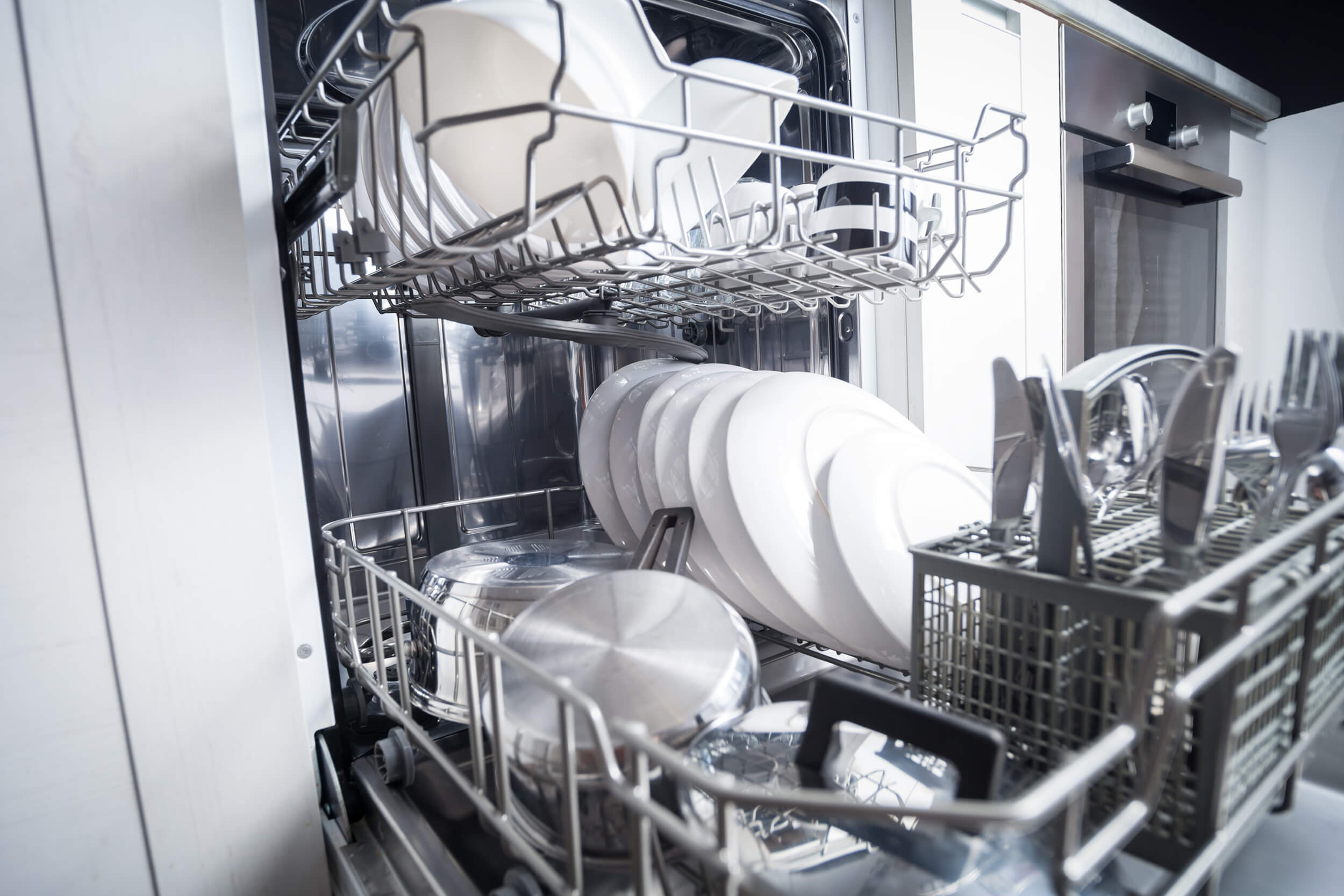FOR IMMEDIATE RELEASE
July 29, 2004
CONTACT:
Andrew deLaski, 617-363-9470
Says Today's DOE Actions Are Years Late; Delays Have Locked in "Decades Of Energy Waste."
Washington, DC -- A coalition group chastised the U.S. Department of Energy (DOE) today for its extraordinarily slow progress in advancing new energy saving standards and called on the agency to pick up the pace.
"We are pleased DOE finally has issued the initial proposals for three new efficiency standards," said Steve Nadel, executive director of the American Council for an Energy-Efficient Economy (ACEEE). "But if DOE continues with its same go-slow approach, it will be the eve of the 2008 elections before new standards for these products get done."
In 2001, DOE named residential furnaces, commercial air conditioners, and electric distribution transformers its "high priorities" for developing new efficiency standards and set target deadlines for completing all three by fall 2004. Since then, DOE has missed four sets of self-imposed deadlines for advancing these standards while taking more than three years to complete just the initial phase of the standard-setting process – a phase that is supposed to take 18 months. With each passing year, DOE has simply pushed its target deadlines further into the future.
"Every extra year that goes by means that millions of inefficient furnaces, commercial air conditioners and transformers that will last for 15 to 30 years or longer get installed in homes and businesses," said Andrew deLaski, executive director of the Appliance Standards Awareness Project. "These repeated delays at DOE are locking in decades of energy waste."
The national appliance standards law required that DOE review and upgrade the residential furnace standard in 1994 and implement a new standard in 2002. The law required the agency to issue the transformer standard by 1996 and make it effective in 1999. The commercial air conditioning standard upgrade was triggered by the 1999 update to a voluntary industry standard and should have been completed within three years. Legal deadlines for updating another thirteen standards have also passed.
"If these standards had been completed when they were legally due, they'd already be saving energy," said deLaski. "With the one year anniversary of the Northeast blackout around the corner and consumers facing increased prices for electricity and natural gas, the need to use our energy resources more efficiently could not be clearer."
Based on analysis by ACEEE, these three standards could eventually:
- Save enough electricity per year to meet the annual needs of 6 million typical households.
- Cut natural gas use by 400 billion cubic feet – enough to heat one in ten U.S. homes that rely on natural gas heating.
- Reduce peak electric system demand by 24,000 megawatts -- an amount equal to the output of 80 power plants.
- Eliminate 50 million metric tons of global warming carbon dioxide emissions – equal to taking about 9 million cars off the road.
# # #
About ASAP: The Appliance Standards Awareness Project is a consumer group, environmental, state government and utility coalition dedicated to advancing cost-effective energy efficiency standards.
About ACEEE: The American Council for an Energy-Efficient Economy is a nonprofit organization dedicated to advancing energy efficiency as a means of promoting both economic prosperity and environmental protection.




